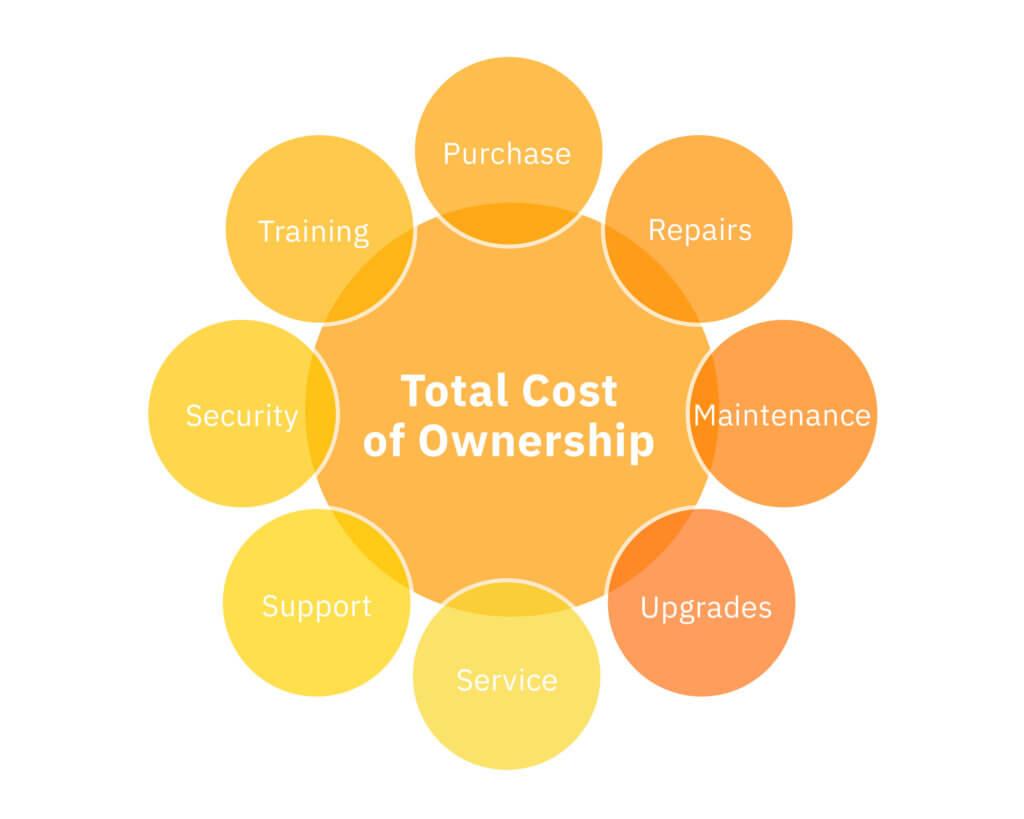In the world of logistics, transport, and shipping, one key concept reigns supreme: Total Cost of Ownership (TCO). This elusive yet essential metric encompasses all the hidden expenses that accompany the movement of goods from point A to point B. From fuel costs to maintenance fees, TCO provides a holistic view of the true price tag of conducting business in the realm of transportation. Join us as we delve into the complexities of TCO in the logistics industry, uncovering the hidden truths that shape the world of transport and shipping.
Understanding the Components of Total Cost of Ownership
When it comes to Total Cost of Ownership (TCO) in logistics, transport, and shipping, it’s important to break down the various components that contribute to the overall cost. By understanding these components, businesses can better analyze and manage their expenses to improve profitability.
Some key components of TCO include:
- Acquisition Costs: This includes the initial cost of purchasing assets such as vehicles, equipment, and technology.
- Operating Costs: These are the day-to-day expenses involved in running a transportation or shipping operation, such as fuel, maintenance, and labor.
- Depreciation: Over time, assets lose value, which must be factored into the overall cost of ownership.
- Insurance and Licensing: These costs are necessary for legal compliance and protecting assets.

Optimizing Logistics Strategies to Minimize TCO
When it comes to optimizing logistics strategies to minimize Total Cost of Ownership (TCO), businesses must carefully evaluate every aspect of their transportation and shipping processes. By taking a comprehensive approach to logistics management, companies can identify cost-saving opportunities and streamline operations to improve efficiency.
One key strategy for minimizing TCO in logistics is to improve supply chain visibility and transparency. By utilizing advanced tracking and monitoring technologies, businesses can better track shipments, identify potential bottlenecks, and proactively address issues before they escalate. Additionally, implementing collaborative planning tools and fostering strong partnerships with carriers can help optimize routes, reduce lead times, and ultimately lower overall transportation costs.

Implementing Efficient Transport Solutions for Cost Reduction
When it comes to , one key factor that businesses must consider is the Total Cost of Ownership (TCO). TCO takes into account all the costs associated with owning and operating a transportation fleet, including not just the purchase price of vehicles, but also maintenance, fuel, insurance, depreciation, and more. By understanding the full TCO of their transportation operations, companies can make informed decisions about how to optimize their logistics, transport, and shipping processes for maximum cost savings.
There are several ways businesses can reduce their transportation TCO and implement more efficient transport solutions. This can include investing in fuel-efficient vehicles, optimizing route planning to reduce mileage and fuel consumption, implementing telematics and tracking systems to monitor and improve driver behavior, and leveraging technology such as GPS and predictive analytics to streamline operations. By adopting a holistic approach to managing their transportation TCO, businesses can not only save money but also improve overall operational efficiency and sustainability.

Strategies for Managing Shipping Costs in the Supply Chain
Challenges in Managing Shipping Costs
One of the biggest challenges in managing shipping costs in the supply chain is the lack of visibility and control over various expenses. Without a clear understanding of all the costs involved in transporting goods from point A to point B, businesses may end up overspending without even realizing it. In addition, fluctuating fuel prices, unpredictable weather conditions, and unexpected delays can all contribute to increased shipping costs. To mitigate these challenges, businesses need to adopt a strategic approach to managing their shipping expenses.
Strategies for Cost-Effective Shipping
Implementing a Total Cost of Ownership (TCO) strategy can help businesses gain a holistic view of their shipping costs and identify areas for optimization. By considering not just the upfront transportation costs, but also factors such as maintenance, fuel efficiency, and environmental impact, companies can make more informed decisions that lead to long-term cost savings. Additionally, partnering with reliable and efficient carriers, optimizing freight consolidation, and leveraging technology such as transportation management systems can all contribute to reducing shipping costs and improving supply chain efficiency.
To Wrap It Up
In conclusion, understanding the Total Cost of Ownership (TCO) in logistics, transport, and shipping is crucial for businesses looking to optimize their operations and maximize profitability. By taking into account all the hidden costs associated with owning and operating assets, companies can make more informed decisions that ultimately lead to greater efficiency and cost-savings. So, next time you’re evaluating your logistics strategy, remember to consider the TCO - because sometimes, it’s the small details that make the biggest difference.
